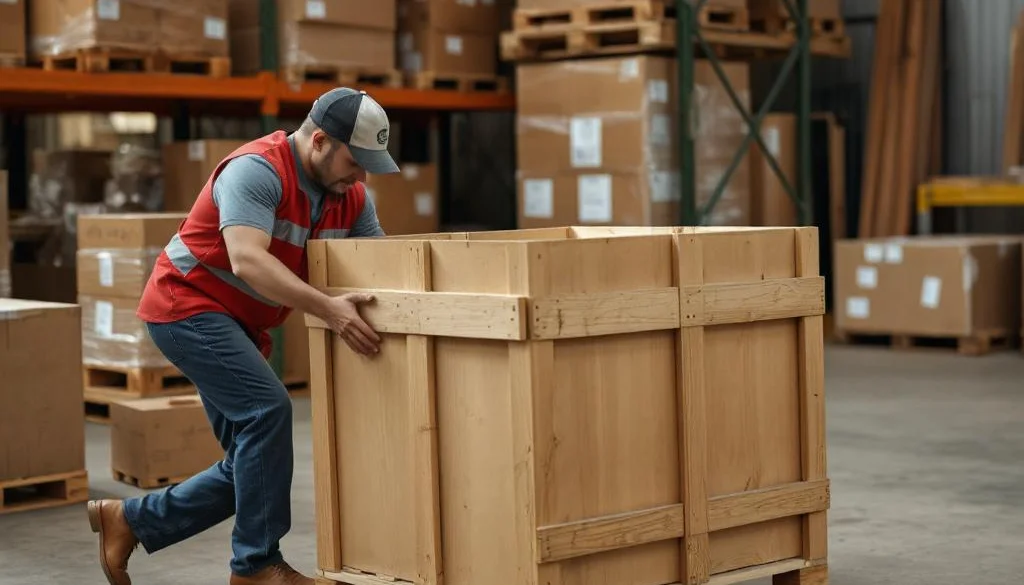
Why Proper Packaging Matters for Perishable Goods
When it comes to shipping perishable items, using the right packaging is essential for maintaining freshness and quality. Packaging for perishable goods must address specific challenges, such as temperature control, moisture resistance, and protection from physical damage. Moreover, the proper packaging ensures compliance with food safety regulations, reducing the risk of spoilage and customer dissatisfaction.
Factors to Consider When Choosing Packaging

How to Choose the Right Packaging for Perishable Goods
Selecting the best secure packaging for food items requires attention to several critical factors that directly impact the product’s condition during transit.
- Temperature Control
Perishable goods often require temperature-controlled packaging to maintain freshness. Insulated boxes, gel packs, and dry ice are excellent options for keeping items within the desired temperature range. For instance, frozen seafood or dairy products benefit from packaging designed to stay cold for extended periods. - Durability
The packaging must protect goods from physical damage, such as impacts or crushing. Sturdy materials, like corrugated cardboard or hard plastic, provide the necessary durability to withstand the rigors of transport. - Compliance with Food Safety Regulations
Ensuring that packaging meets food-grade standards is critical. Certified food-grade packaging materials prevent contamination and preserve the safety of the products.
Benefits of Packaging for Perishable Goods
Investing in professional packaging for perishable goods offers numerous benefits that go beyond basic protection.
- Extended Shelf Life
By maintaining optimal conditions, such as temperature and humidity, professional packaging extends the freshness of perishable goods. This is particularly important for items like fruits, vegetables, and meat products. - Reduced Waste
Proper packaging prevents spoilage during transit, minimizing losses and improving profitability. For example, using vacuum-sealed bags for fresh produce reduces air exposure, which helps preserve quality. - Customer Satisfaction
High-quality packaging ensures that goods arrive in optimal condition, which increases customer trust and loyalty. Satisfied customers are more likely to become repeat buyers.
Real-Life Examples of Effective Packaging
Case Study: A Meal Kit Delivery Service
A meal kit company improved its delivery process by switching to temperature-controlled packaging with insulated liners and gel packs. This change reduced spoilage rates by 30%, enhancing customer satisfaction and retention.
Case Study: A Fresh Produce Supplier
A fresh produce supplier adopted secure packaging for food items, including padded containers and moisture-resistant wraps. These improvements decreased damage during transit and cut waste by 25%.
Tips for Choosing the Right Packaging for Perishables
- Evaluate Product Requirements
Identify the specific needs of your perishable goods, such as temperature sensitivity or fragility, and select packaging accordingly. - Opt for Recyclable Materials
Choose sustainable fresh food packaging options, such as biodegradable liners or recyclable containers, to reduce environmental impact. - Test Packaging Performance
Conduct trials to ensure the packaging maintains freshness and protects goods under actual shipping conditions.
Conclusion
Choosing the right packaging for perishable goods is essential for preserving freshness, preventing waste, and ensuring customer satisfaction. Whether you’re shipping fresh produce, frozen foods, or prepared meals, investing in professional solutions can help your business maintain quality and build trust with customers.
Contact us today to learn more about our temperature-controlled packaging and other tailored solutions for perishable goods!




